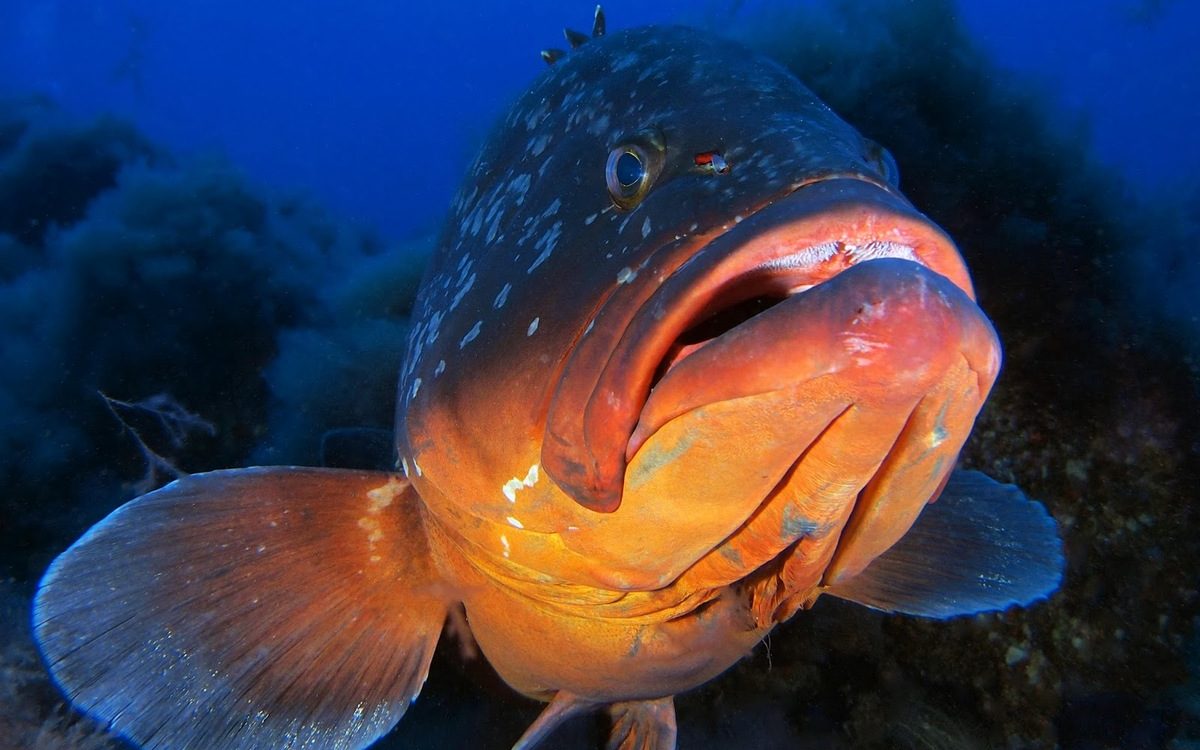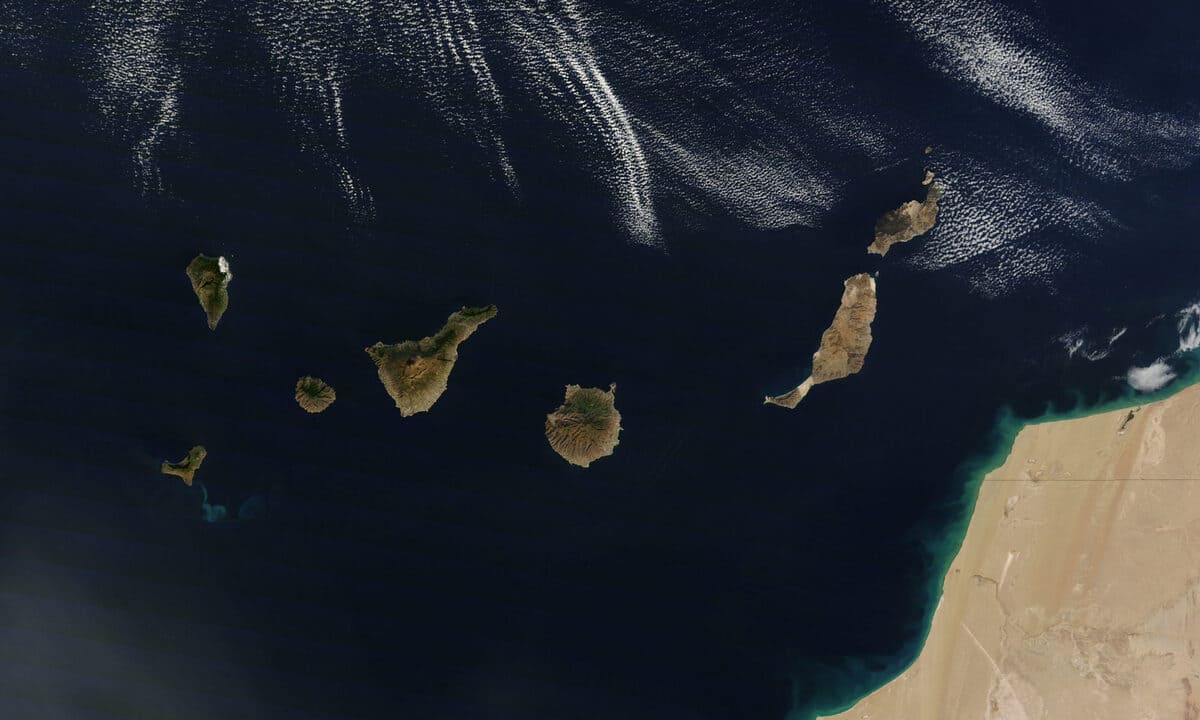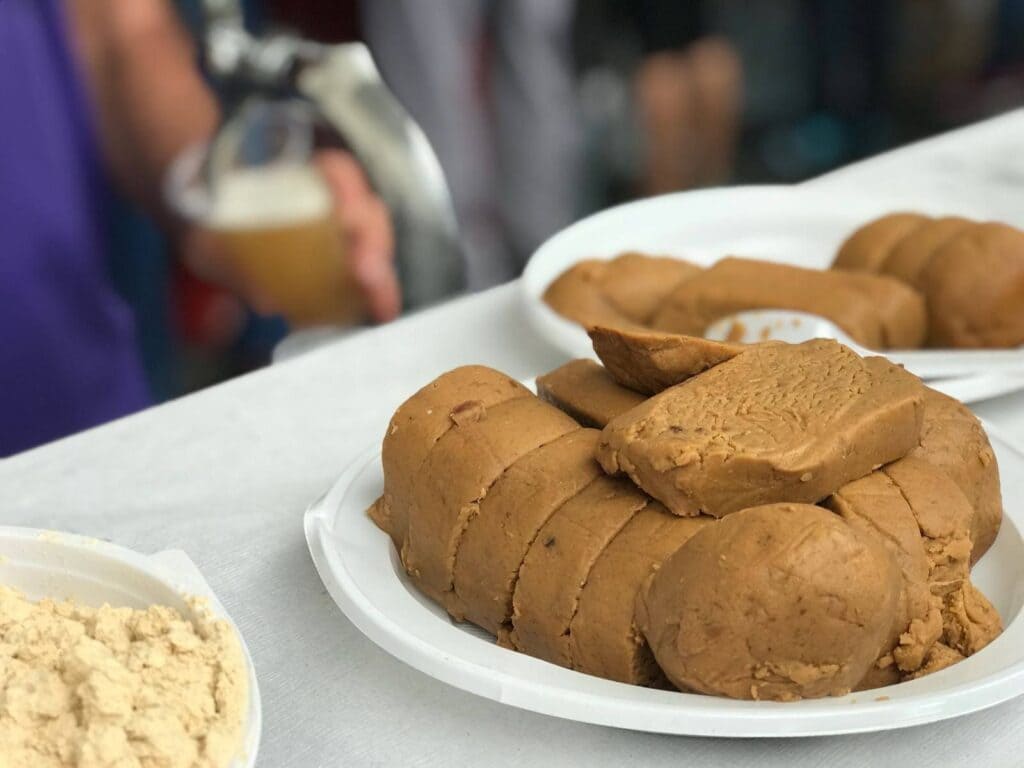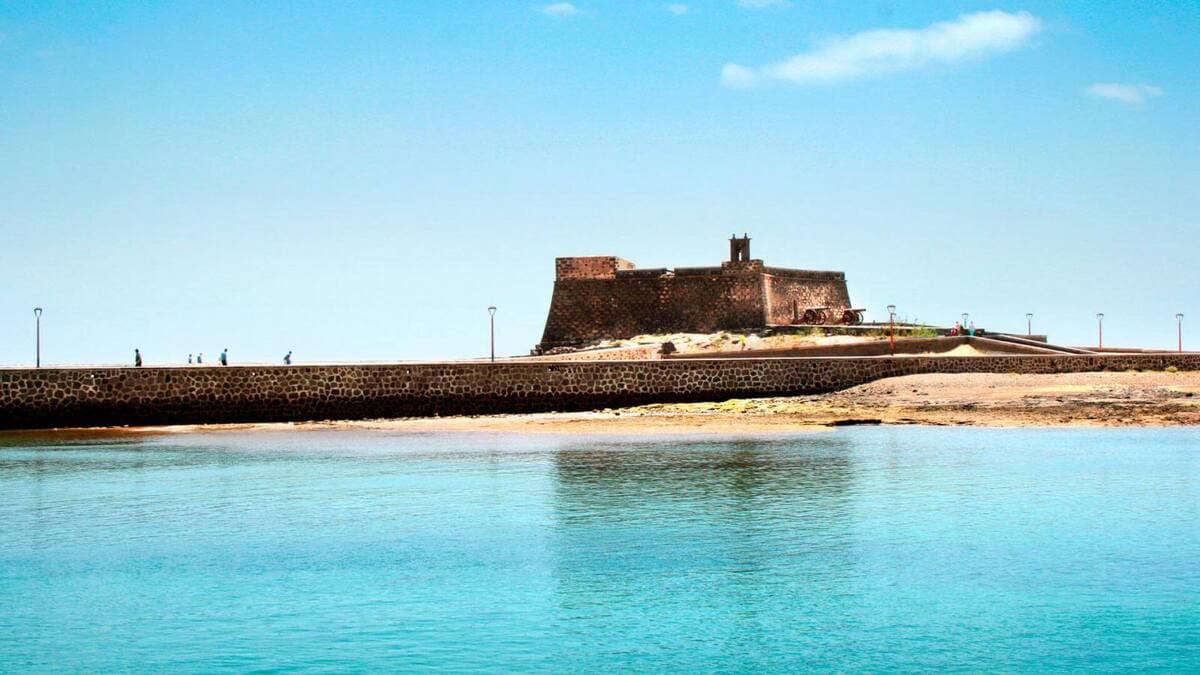The seguidillas canarias are one of the most popular traditional musical genres throughout the archipelago. It is a common song spread throughout the islands and has its origins in the fifteenth century, although they did not reach the islands until later, specifically in the eighteenth century.
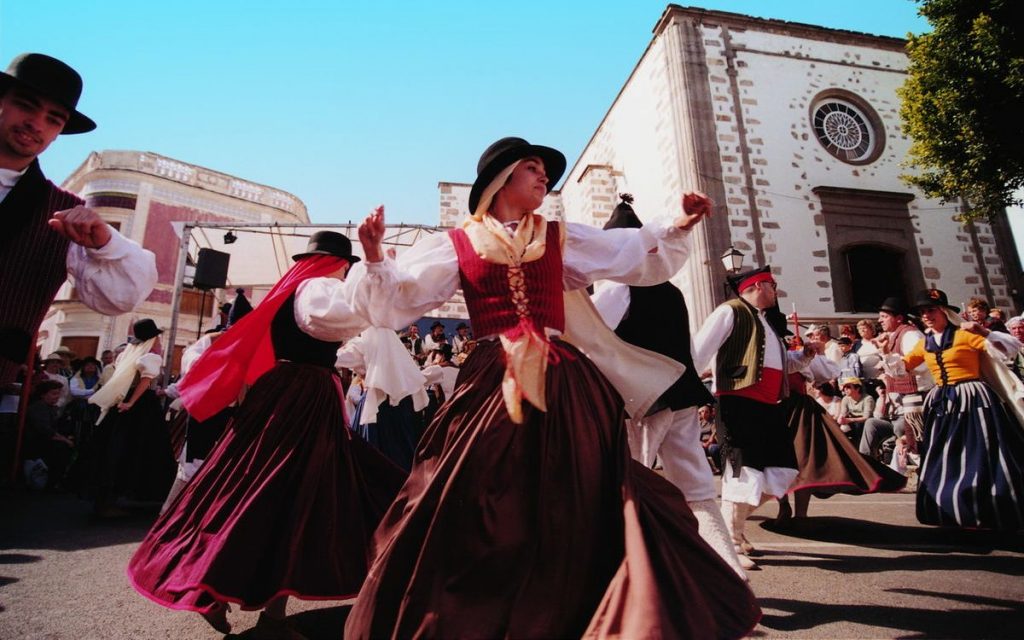
This element of Canarian folklore is made up of both song and dance, but the latter is especially celebrated, to the point that it is one of the most popular traditional Canarian dances throughout the territory.
The canary seguidillas: what are they and their origins?
The seguidillas may have their origin in Castile, Upper Andalusia and Extremadura. Already in the 15th century we find some bibliographical references to this song, such as, for example, the one that appears in the "Rimado de Palacio", made in the time of the Catholic Monarchs.
The popularity of the genre led to its expansion throughout most of the peninsula, giving rise to several variants. According to authors such as Lothar Siemens and Benito Cabrera, seguidillas arrived in the Canary Islands in the 18th century, and at that time they preserved the style of La Mancha.
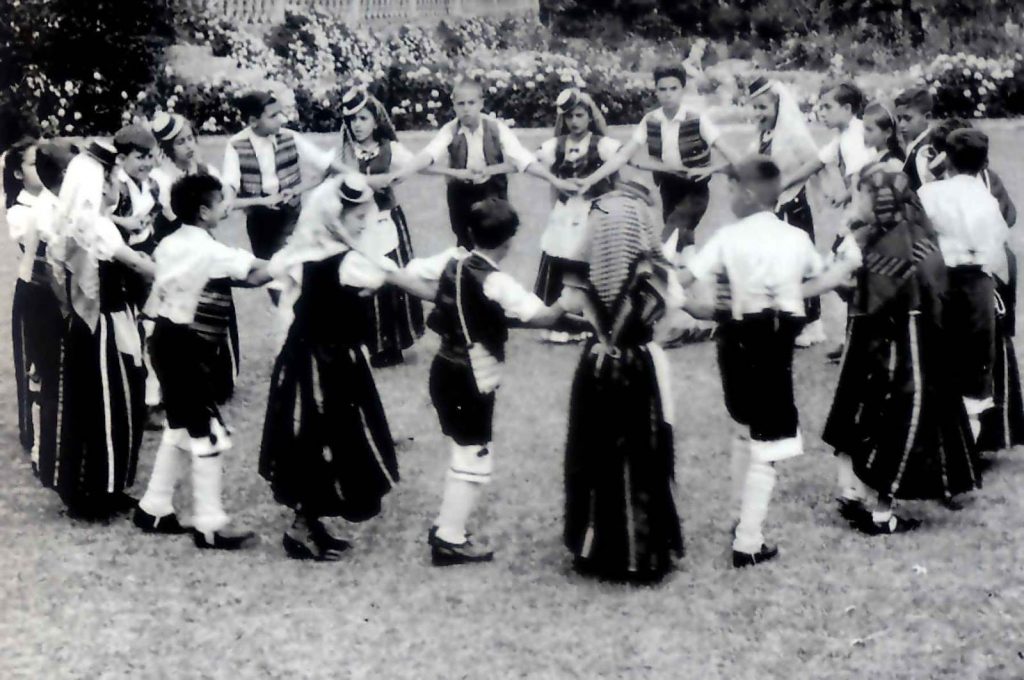
With the passage of time and the fusion with other local traditions, these dances of the Canary Islands have incorporated many variants, because on each island there are different versions. In Gran Canaria, for example, there are the corridas and the baile de la cunita, and here they are more cheerful and lively. In Tenerife and Lanzarote they are more sober.
Entering fully into the dance, the seguidilla canaria is a group dance in which couples dance separately. During its course it is common to change partners, as men and women perform turns opposite each other.
Both the dance and the song come from a literary genre of which there are traces in the Cantigas de Alfonso X El Sabio. Centuries later, in the XVII century, they began to form part of the sainetes and tonadillas, and later in zarzuelas.
Characteristics of the seguidillas canarias
According to the Academia Canaria de la Lengua, seguidillas is the traditional musical composition of Lanzarote, Tenerife and Gran Canaria with a cheerful tone and fast rhythm.
Along with this there is also the copla that is sung to this music, which is made up of heptasyllabic and pentasyllabic verses interpreted by two singers. Each of them must repeat the last verse recited by the previous singer, at least in the seguidillas robadas de Tenerife.
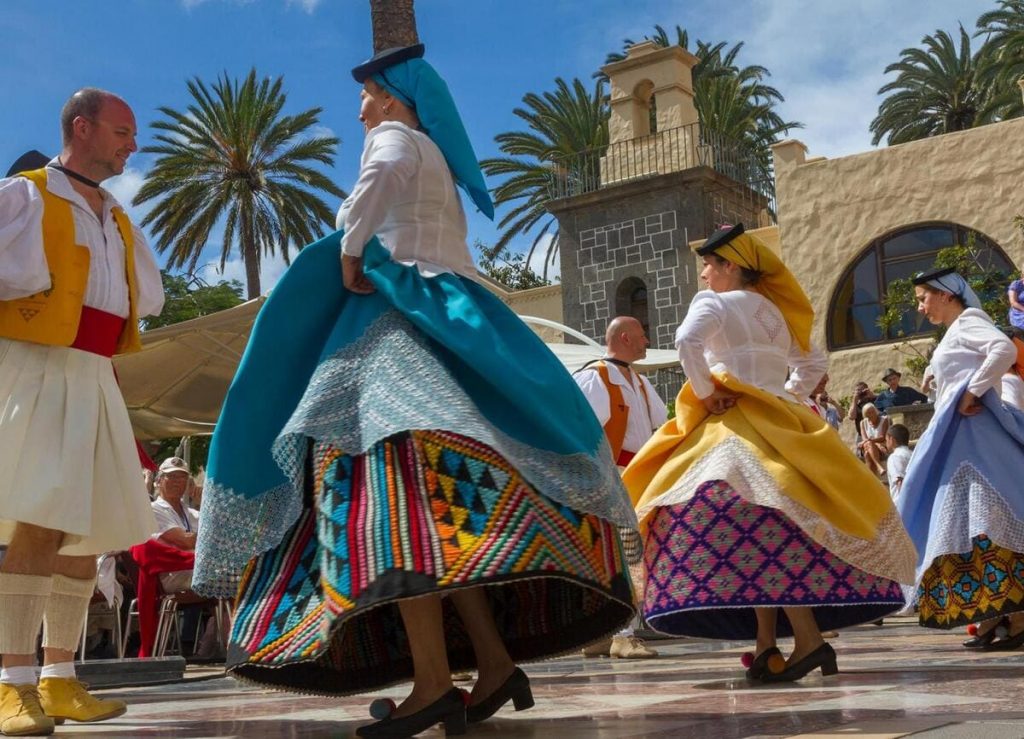
And finally, the dances that accompany the music are also seguidillas , which vary depending on the islands. The most common is to complete them in the form of a wheel, with couples dancing in large jumps from inside to outside, or in sets of two couples performing turns with each other. At the end of each copla, the dance is completed with clapping.
Types of seguidillas from the Canary Islands
This folkloric genre has its own idiosyncrasy in each of the Canary Islands territories. However, the most popular are those that occur in Tenerife, Lanzarote and Gran Canaria. All of them have many elements in common, but also some subtle differences.
Seguidillas of Tenerife
On this island the seguidillas have two variants: the robadas and the tanganillo. The former are so called because the soloist steals them from the singer, that is, he sings the same last verse as the previous singer in order to continue with his lyrics.
The tanganillo is a genre of seguidillas that is very similar to another popular dance of Cadiz. Nowadays, they are sung a lot in Tenerife to the rhythm of tajaraste. The ones from this island are the most similar to the seguidillas from La Mancha and the ones that are danced and sung in Vega de Matute, in Tenerife.
Seguidillas of Gran Canaria
Although the seguidillas canarias preserve common patterns in all the islands, in Gran Canaria they are more lively, more animated. Here we can distinguish between the saltonas, the corridas and the baile de la cunita.
Las saltonas are named after the dancers' jumps. They are very cheerful, both in singing and dancing.
The corridas are similar to the robadas of Tenerife, except that instead of stealing the last verse, the soloist continues with his new verse.
Finally, the "baile de la cunita " is a little dance performed by children at Midnight Mass on December 24, as an offering to the Newborn Jesus.
Seguidillas of Lanzarote
Lanzarote has its own traditional dance of seguidillas. Here they are very colorful, with two wheels: an inner one in which women dance and an outer one occupied by men.
The singers usually have a high-pitched timbre and a powerful voice. In the dance, the most common arrangement is in the form of wheels with jumps from the inside to the outside.
The seguidillas canarias are much more than an element of folklore and tradition. For many citizens they are a demonstration of their attachment to their land, a way of showing their identity. At the same time, in addition to festivity and tradition, they can be a way to attract tourists and improve the economy of the archipelago.
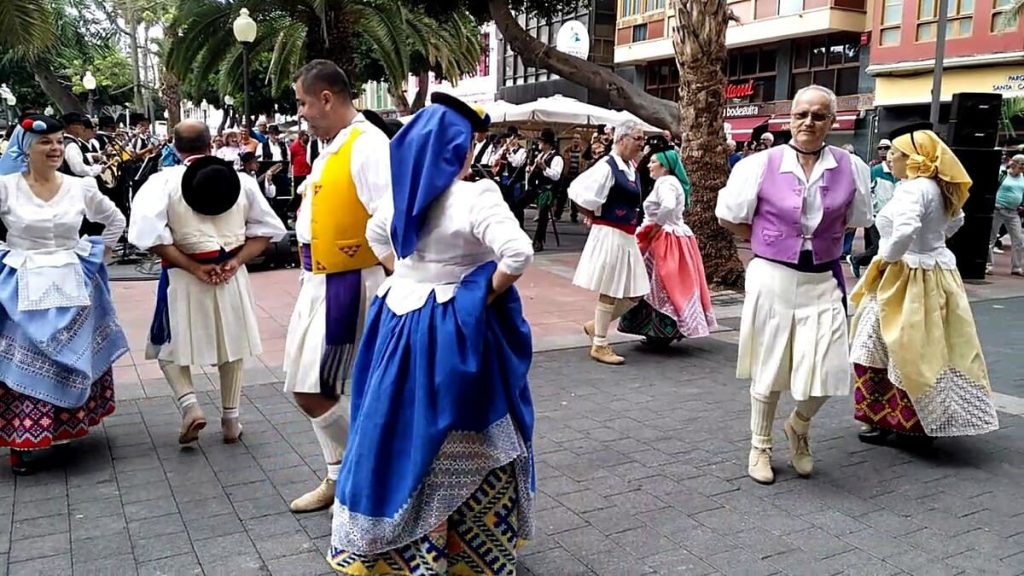
The Canary Islands is a land with a thousand things to see, explore and learn about. If you are interested in knowing more interesting facts about the Canary Islands, its culture and traditions, we leave you below the link to the section Culture and traditions.
Paula Vera
